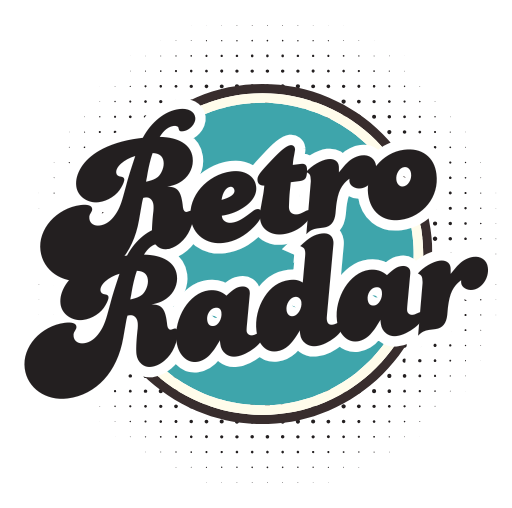17 Vintage Hairstyles That Defined Each Decade Between the ’50s and the ’90s
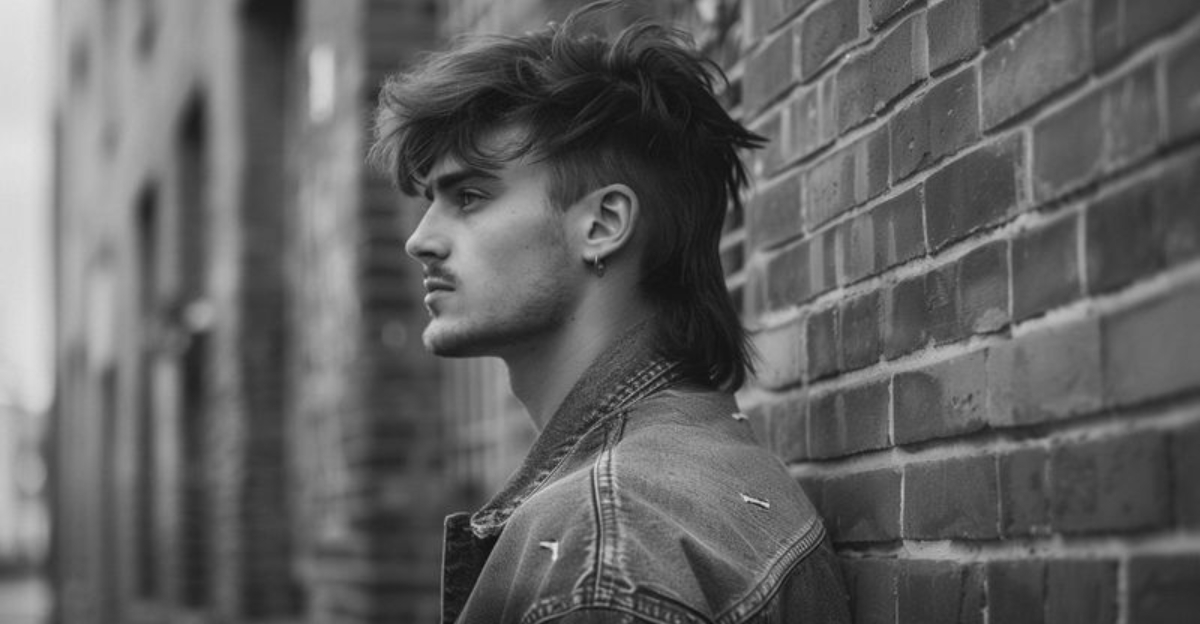
Every era has its signature hairstyles, shaping fashion, pop culture, and self-expression in ways that still influence us today.
From sleek curls of the 1950s to the big hair of the ‘80s and the grunge-inspired cuts of the ‘90s, these styles tell a story far beyond the salon chair. Some trends were bold and rebellious, others were polished and glamorous, but all of them left a lasting impression on beauty standards.
Let’s take a trip through time and revisit 17 iconic hairstyles that defined their decades, inspired celebrities, and continue to make a comeback in modern fashion.
1. The Poodle Cut
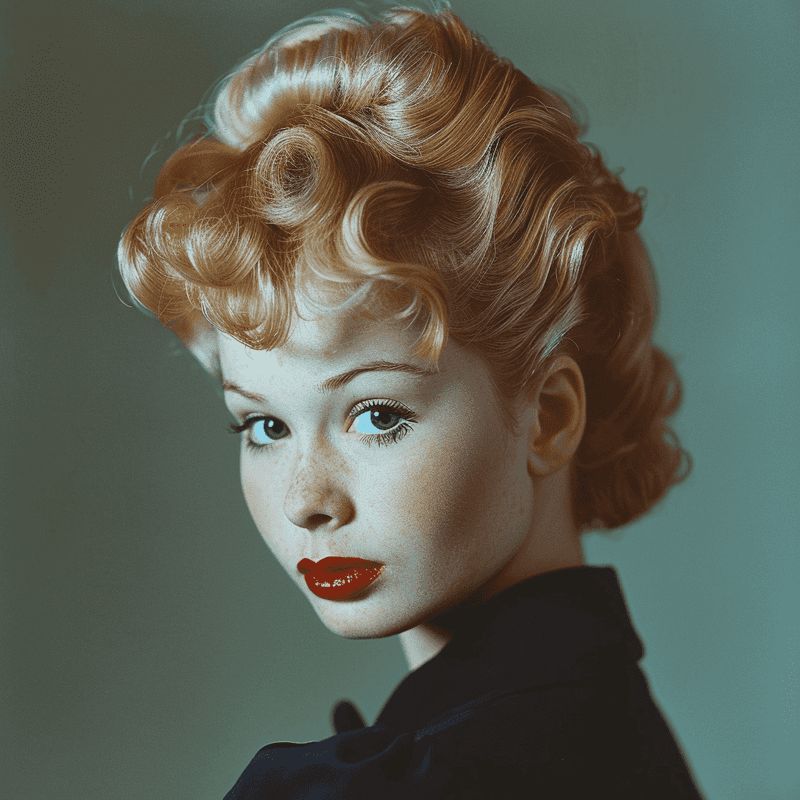
One of the most glamorous and meticulously styled looks of the 1950s, the poodle cut was a favorite among Hollywood icons like Lucille Ball. Defined by tight, voluminous curls, this ultra-feminine look required regular salon visits and a generous dose of hairspray.
This hairstyle reflected the era’s love for polished, structured beauty, marking a departure from the more utilitarian looks of the war years. While it’s no longer a mainstream trend, the essence of the poodle cut lives on in modern textured pixie cuts and playful curly styles.
2. Bouffant
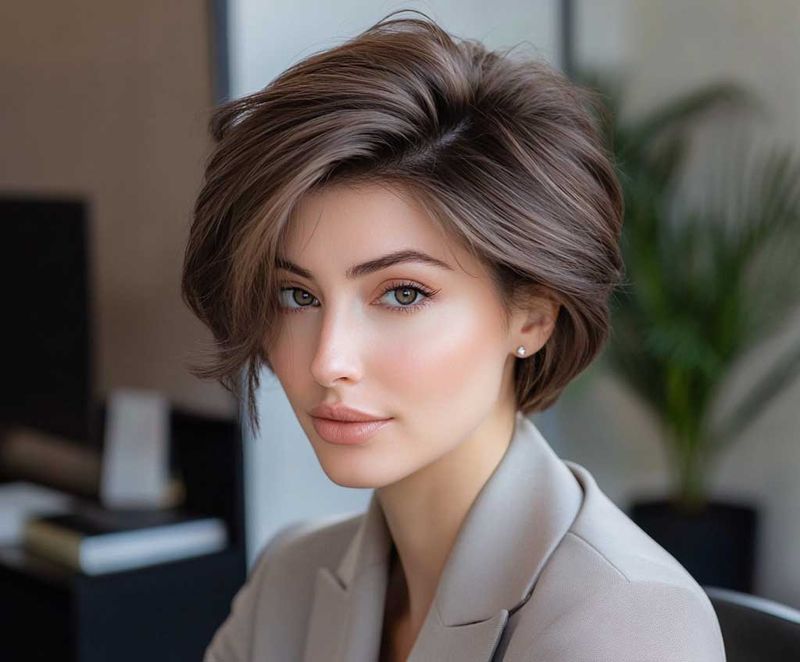
Big, bold, and undeniably glamorous, the bouffant was one of the most recognizable hairstyles of the early 1960s. Celebrities like Jackie Kennedy helped cement its status as the epitome of elegance.
Achieving this gravity-defying height required backcombing, teasing, and copious amounts of hairspray. The bouffant symbolized a high-maintenance yet sophisticated approach to beauty, reflecting the larger-than-life fashion of the decade.
Though not an everyday look anymore, the influence of the bouffant still appears in modern voluminous blowouts and runway-inspired updos.
3. Beehive
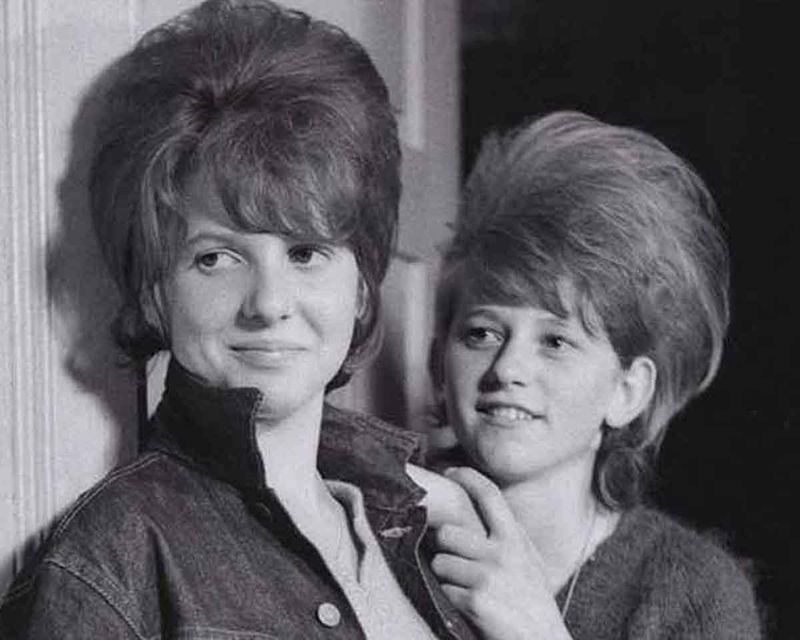
If the bouffant wasn’t dramatic enough, enter the beehive—a hairstyle literally reaching new heights. Created in 1960 by Margaret Vinci Heldt, the beehive became a symbol of confidence and self-expression.
The taller, the better was the motto, and it quickly became a favorite among pop stars like Dusty Springfield and The Ronettes. This look required serious backcombing skills and strong hold hairspray, making it a true commitment.
Today, the beehive remains an iconic editorial and red carpet style, appearing in revamped versions for high-fashion shoots and retro-inspired events.
4. Pageboy
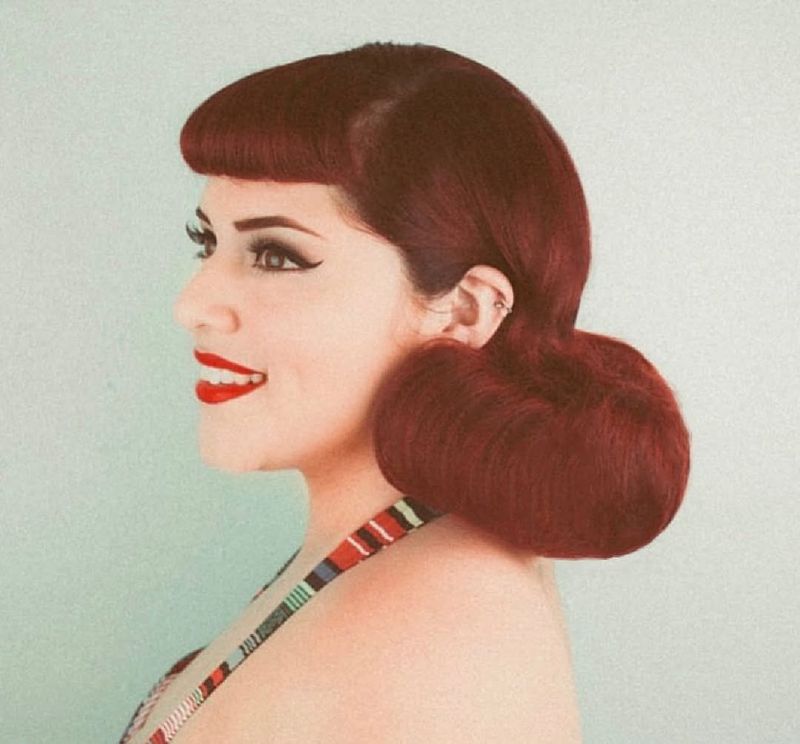
For those who preferred a sleek and polished look, the pageboy offered a minimalist alternative. Featuring a blunt cut with inward-curved ends, it became a favorite of fashion-forward women in the late ‘60s and early ‘70s.
Influencers of the time, such as Mary Quant, helped popularize the pageboy, embracing its modern yet chic aesthetic. The cut was both practical and stylish, making it an instant classic.
Today’s bob hairstyles and blunt cuts owe much to the pageboy, proving that clean, structured styles never go out of fashion.
5. Afro
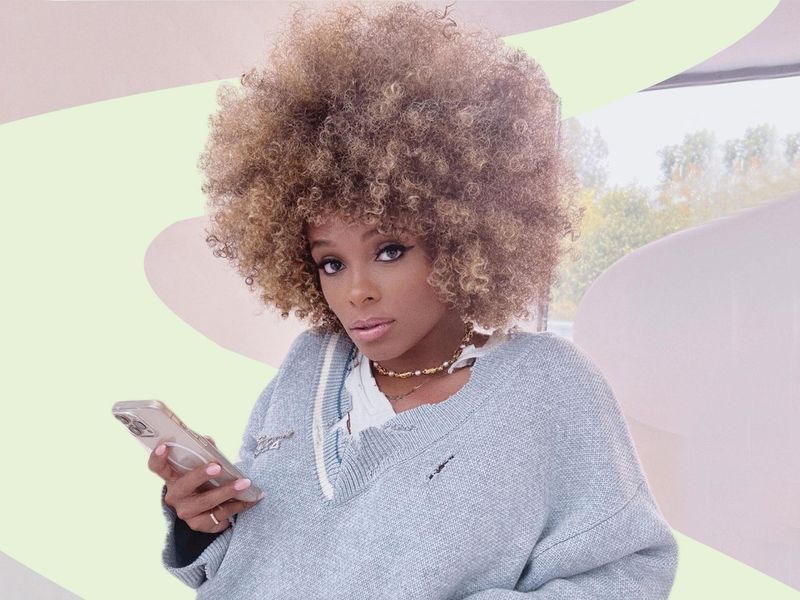
More than just a hairstyle, the afro was a powerful cultural symbol of black pride, identity, and resistance in the 1970s. It stood as an unapologetic celebration of natural hair textures during a period of significant social change.
Figures like Angela Davis and Jimi Hendrix embraced the afro, helping it become a defining statement of the era.
Nowadays, afros and natural curls remain widely embraced and celebrated, continuing the legacy of self-love and empowerment.
6. Shag
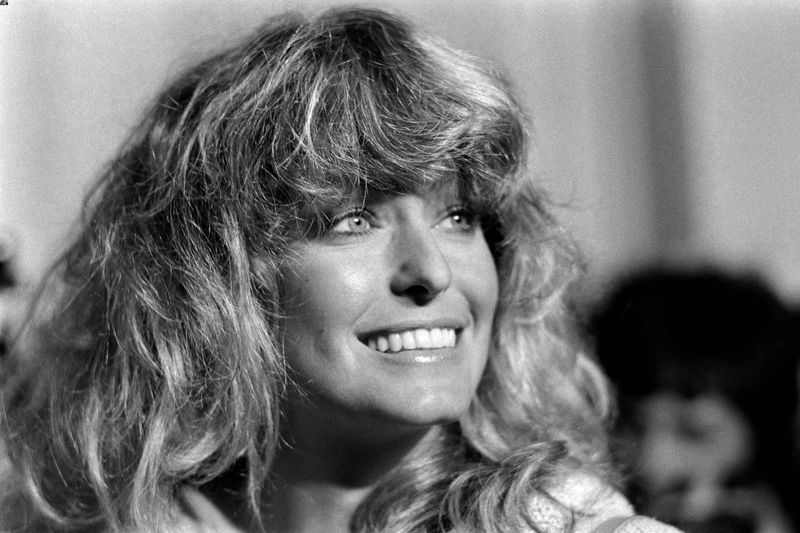
Rock ‘n’ roll attitude packed into a haircut, the shag was effortlessly cool, edgy, and versatile. With choppy layers and feathered ends, it was embraced by rock legends like Mick Jagger and Jane Fonda.
The shag fit both men and women, perfectly embodying the rebellious spirit of the ‘70s. Its messy-yet-chic vibe remains a staple in alternative fashion, inspiring today’s effortlessly cool layered cuts.
7. Feathered Hair

Made famous by Farrah Fawcett, feathered hair was glamorous yet relaxed, perfectly capturing the free-spirited vibe of the late ‘70s and early ‘80s.
This style relied on long, wispy layers that framed the face, creating a soft, effortless movement. It was a staple among Hollywood stars and remains an inspiration for today’s layered haircuts.
8. Mullet
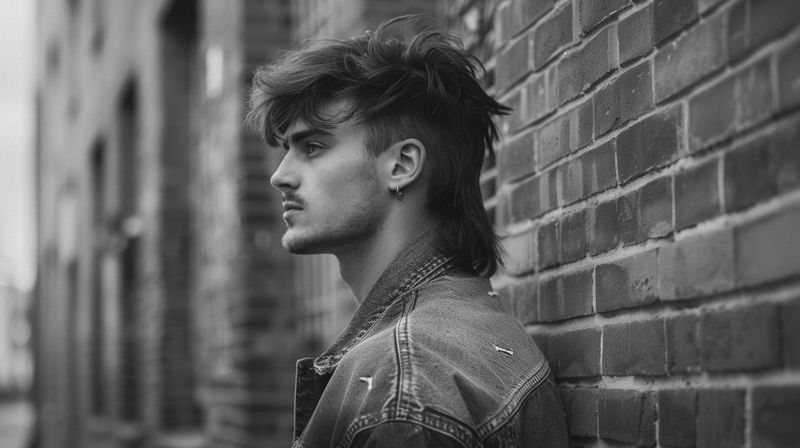
Few hairstyles scream “rebellion” quite like the mullet—business in the front, party in the back. This polarizing ‘80s staple was made famous by rock stars, athletes, and country singers like Billy Ray Cyrus and David Bowie.
With its short, neatly groomed top and long, flowing back, the mullet was bold, unapologetic, and full of attitude. Though it fell out of mainstream fashion, recent years have seen a resurgence, with modern takes on the mullet bringing a fresh, edgy revival to the classic cut.
Love it or hate it, the mullet refuses to be forgotten.
9. Perm
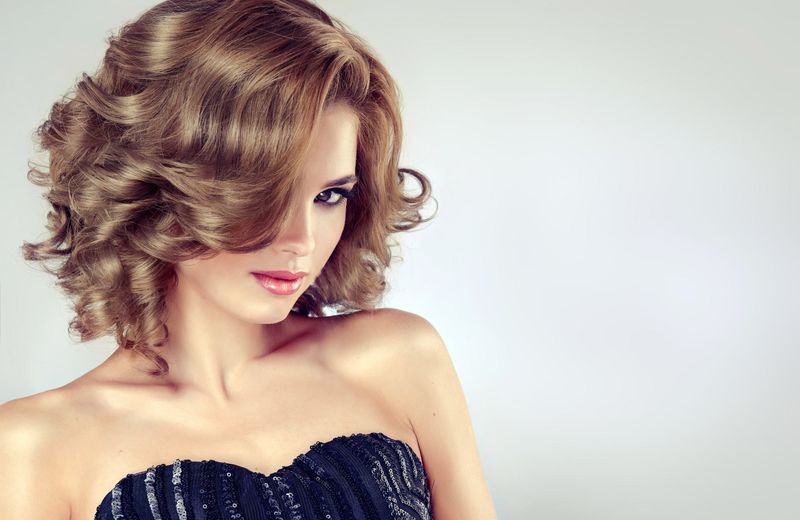
In the decade of excess, hair was no exception—bigger was better, and the perm was king. The tight, voluminous curls defined power dressing, confidence, and statement fashion in the 1980s.
Whether seen on Hollywood stars, career-driven professionals, or everyday fashionistas, perms were everywhere. Achieved with chemical treatments and lots of hairspray, they embodied the era’s love for glamour and drama.
While the classic tight perm has faded, modern soft waves and beachy curls carry on its legacy, proving that voluminous hair never really goes out of style.
10. Crimped Hair
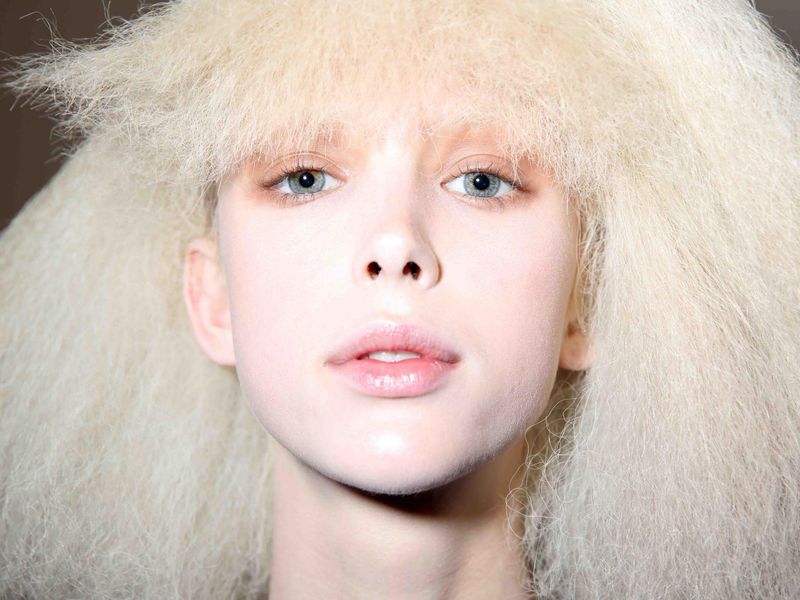
Crimped hair was the ultimate fun and funky trend, adding a zig-zag texture that instantly transformed any look. It was especially popular among teenagers and pop stars, bringing an electric energy to ‘80s and early ‘90s fashion.
Paired with bold colors, scrunchies, and statement accessories, crimped hair was playful and youthful. The look was easily achieved with a crimping iron, which became a must-have tool for many fashion-forward individuals.
Today, crimped hair makes occasional comebacks, adding a touch of nostalgic, edgy fun to modern styles.
11. High Top Fade
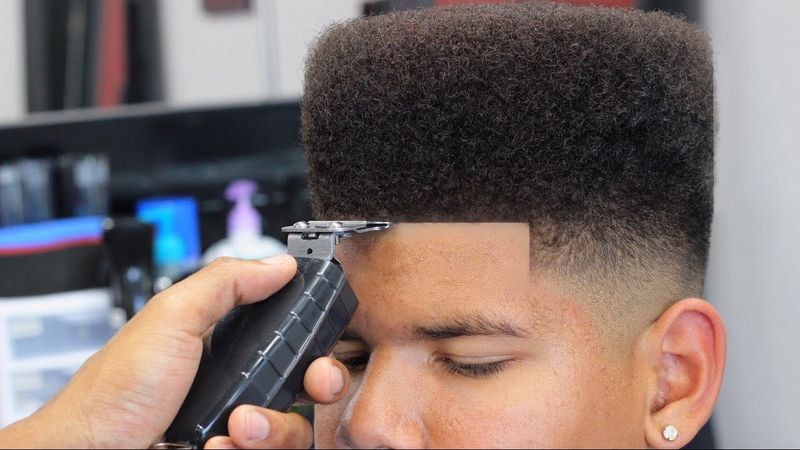
The high-top fade wasn’t just a haircut—it was a cultural statement. Popularized by hip-hop artists and athletes in the late ‘80s and early ‘90s, this sharply shaped style symbolized bold self-expression and individuality.
Icons like Will Smith (in The Fresh Prince of Bel-Air) and Kid ‘N Play helped turn the high-top fade into a defining look of hip-hop culture. It was a clean, fresh style that embodied confidence, and the higher the fade, the better.
Now, it remains an influential barbering style, evolving into modern versions that celebrate precision, texture, and creativity.
12. Rachel Cut

Few TV shows influenced fashion and beauty trends like Friends, and The Rachel Cut was the undisputed hairstyle of the ‘90s. Inspired by Jennifer Aniston’s character, this layered, bouncy look took over salons worldwide.
It was casual yet polished, making it a go-to style for women who wanted effortless volume and movement. While Aniston herself eventually grew tired of it, millions of fans continued to ask for “The Rachel” at hair salons.
Even today, modern layered cuts take inspiration from this iconic, face-framing style.
13. Curtain Bangs
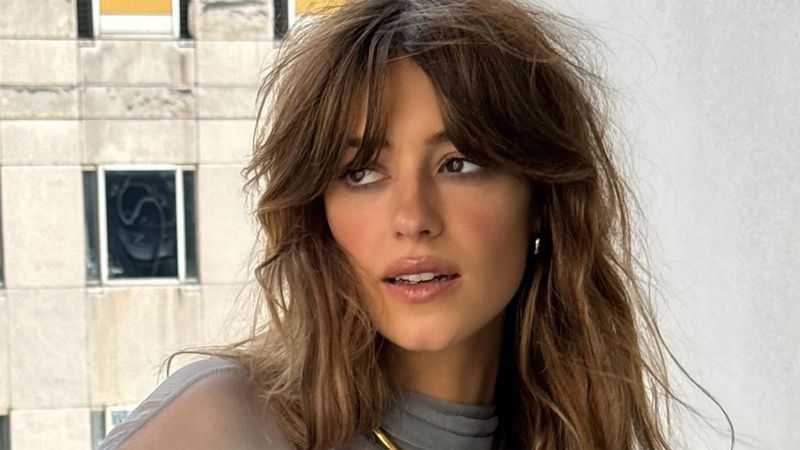
Soft, face-framing, and effortlessly chic, curtain bangs became a staple of 1990s beauty trends. Unlike harsh, blunt bangs, these gently parted layers suited almost every face shape, adding a touch of elegance with minimal effort.
It was a laid-back yet stylish alternative to structured hairstyles, blending seamlessly into long, flowing locks. This style saw a major revival in the 2020s, proving that some trends never truly fade—they just evolve.
14. Pixie Cut
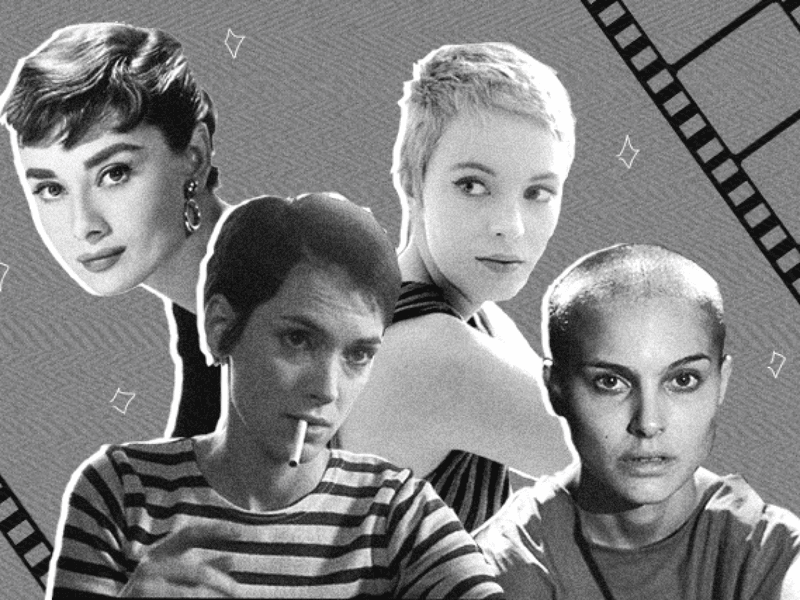
The pixie cut was for those who dared to be different. Short, sharp, and fearlessly bold, it was a symbol of confidence and independence in the ‘90s.
Actresses like Halle Berry and Winona Ryder rocked this look, proving that short hair could be just as striking as long locks. The pixie cut also challenged traditional beauty norms, giving women a refreshing, low-maintenance, and effortlessly cool option.
Today, it remains a symbol of empowerment, with modern variations offering soft texture and playful asymmetry.
15. Bowl Cut
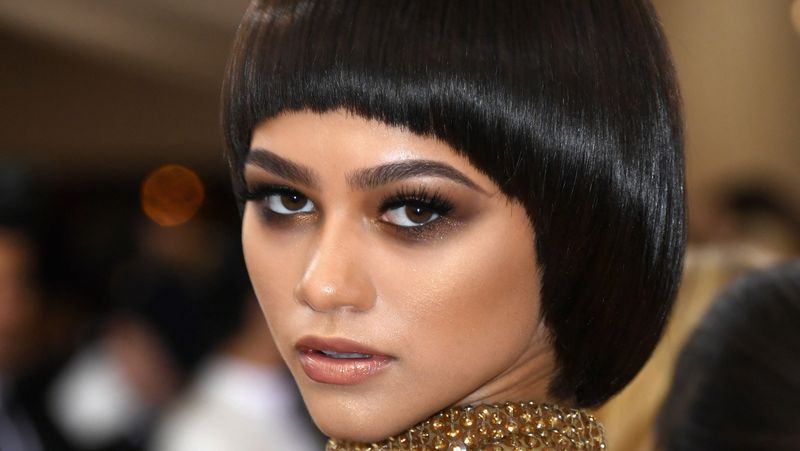
The bowl cut, characterized by its blunt, rounded shape, became a nostalgic hallmark of the 1990s for many children. This simple and low-maintenance style offered practicality and was often the go-to choice for busy parents.
It was a look that carried through various cultural references, blending practicality with a touch of whimsy. Despite its simplicity, the bowl cut had a charm that made it memorable.
Though it faded from mainstream popularity, the bowl cut occasionally resurfaces in fashion, celebrated for its quirky retro appeal.
16. Cornrows
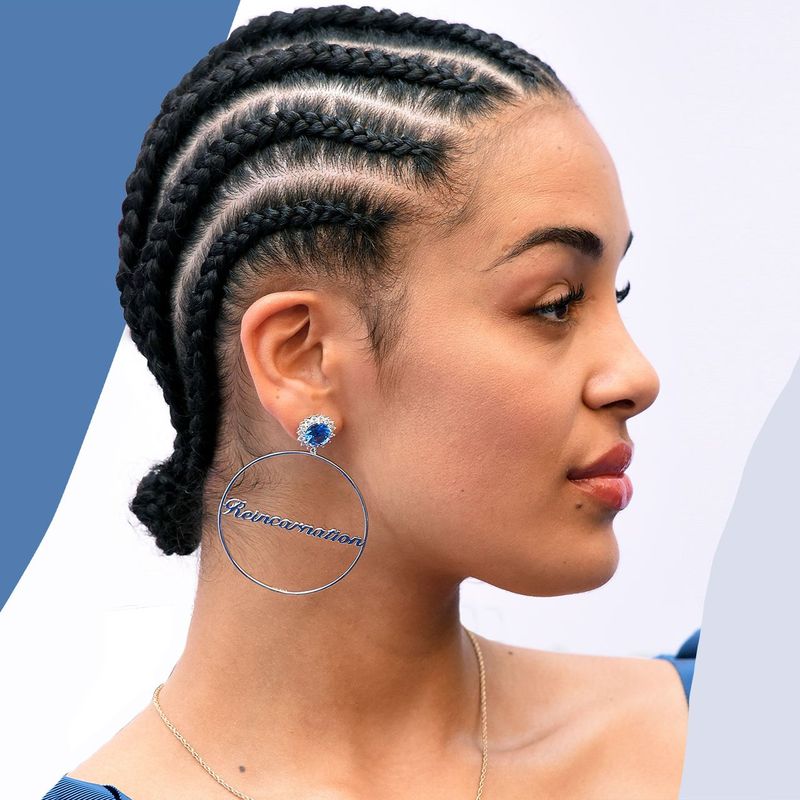
With their intricate braiding patterns, cornrows have been a significant part of African hair culture for centuries. In the 1990s, they gained mainstream attention, becoming a prominent style in hip-hop and urban fashion.
Celebrities like Alicia Keys and Lenny Kravitz embraced cornrows, showcasing their versatility and cultural heritage. This style was about expressing identity and creativity through hair.
Today, cornrows continue to be celebrated and adapted, reflecting both historical traditions and contemporary styling trends.
17. Frosted Tips
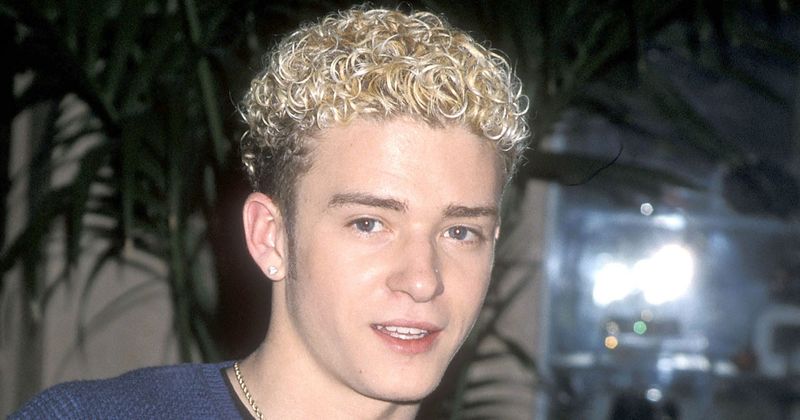
Frosted tips, characterized by bleached hair tips, were a defining trend of the late 1990s. This playful style became synonymous with boy bands and pop culture icons.
The contrast between natural roots and bleached ends added a striking dimension to hair, embodying the decade’s experimental spirit. Frosted tips were often a DIY endeavor, adding a personal touch to the trend.
Though not as prevalent now, frosted tips occasionally resurface in fashion, symbolizing a nostalgic throwback to a carefree era of self-expression.
